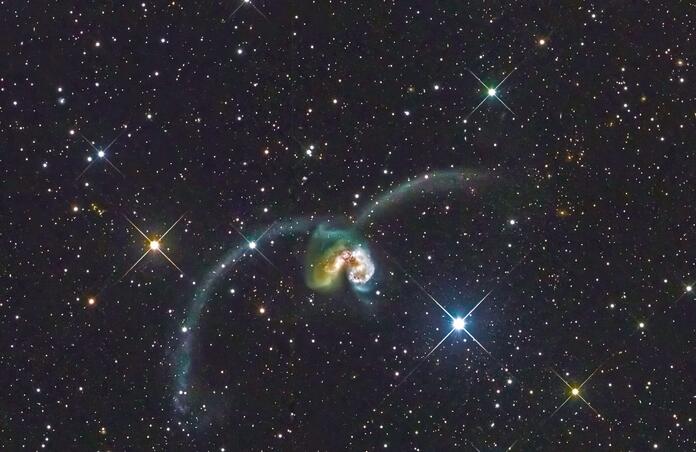What is the Blink?

In the everyday world, you will hear people say, "Blink, and you'll miss it."
Well, in astrophotography, we say the opposite - "If you don't blink, then you will miss it."
BLINK is a process that should be done before anything else.
BLINKing consists of examining every subframe, frame-by-frame.
Most Astro-processing software have a BLINK command. In PixInsight, you will find it under PROCESS>BLINK.
A simple straight-forward dialog asks you to select the frames from the directory.
Further refinement allows you to specify an automated slideshow or click through the images manually.
Thoughtfully, the frames have been automatically screen stretched to make the detail visible, and the original data has not been touched.
The idea behind BLINKing is to visually look at each frame and see if there are things out of place. You will see which frames have satellite tracks or airplanes, hot or cold pixels, poor exposure, misalignment, or other artifacts and anomalies.
BLINKing allows you to see differences between frames. If there are bright pixels in one frame but not others, you will see them randomly jump around. Suppose one frame contains a cosmic ray hit or satellite track and not others; you will see it blink in and out of existence.
BLINKing is not limited to errant pixels, and it is also used to examine the quality of the signal. While blinking through a series of frames, if you have a strong bright signal and all of a sudden it goes dull, gray, and hazy, it is likely that a cloud passed in front of the telescope (or maybe the Moon rose).
It can also spot misalignment due to poor guiding, or in the case of CHI-3, an ALT-AZ mounted instrument, you will see the rotation near the Zenith. It's especially entertaining to watch the diffraction spikes spin around.
The BLINK process allows you to select the images you want to keep (or reject) and move or copy them to a different directory. Don't hesitate to eliminate those bad frames or spend some extra time processing them to improve your final image quality.
If you are lucky, you could become famous. BLINKing can expose a new comet or asteroid, especially if the frames have been taken over different days. Supernovae can bloom right in front of your eyes when observing galaxies.
So, don't forget to BLINK.
This blog post was originally published in our Telescope Live Community.
The Community represents Telescope Live's virtual living room, where people exchange ideas and questions around astrophotography and astronomy.
Join the conversation now to find out more about astrophotography and to improve your observation and post-processing skills!
